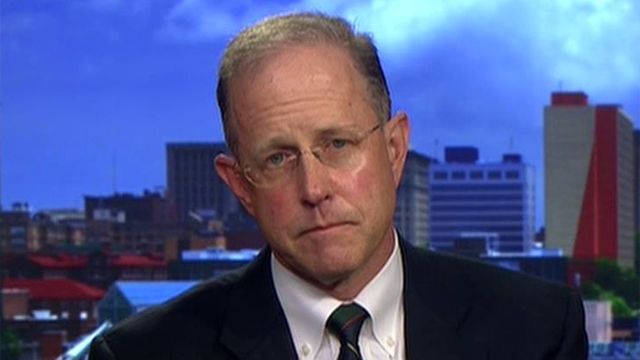Showing posts with label Anthrax. Show all posts
Showing posts with label Anthrax. Show all posts
The Doc's Pharmacy Murder Case was dry run for Anthrax - Ask Fremont Group Attorney Rick Kopf
Pete BennettMarch 29, 2019Anthrax, Contra Costa District Attorney, Dead Employees, Drugging, Investigations, Safeway, The ANTHRAX Files, The Doc's Pharmacy Story, The Safeway Murder Stories
No comments

July 1997 3 Employees Killed At D.C. Starbucks Solved
Pete BennettMarch 29, 2019Anthrax, Attorneys, Big Law, Contra Costa County, Private Equity, The Beltway Murders, The Safeway Murder Stories, The Starbucks Stories
No comments

Connecting Success Factors to Bennett
The Dubious Phone Call and Time Wasting Project
The folks at TPG will have to answer to my Whistleblower Complaints on
the truly odd collection of RFPs emanating from companies connected to
Richard Blum, William McGlashan, CBRE, Regency Centers, Trammel Crow,
...
Connecting The Dubious 1989 Safeway Richmond Warehouse - A perfectly timed loss for the investors
Pete BennettFebruary 25, 2019Anthrax, Attorneys, Big Law, Contra Costa County, Private Equity, Richmond Fire Department, The Safeway Conspiracy, The Safeway Murder Stories
No comments

SAFEWAY CONSIDERS CALIF. WAREHOUSE SITE
GREGORY S. JOHNSON | Mar 27, 1989 7:00PM EST
Print
Safeway Stores Inc. continues to mull Tracy, Calif., as the site for a new dry grocery distribution warehouse.The supermarket giant needs a new dry grocery storage facility to replace its huge Richmond, Calif.,...
Kohlberg Kravis Roberts & Co. and 1988 Safeway Murder
Pete BennettJanuary 04, 2019Anthrax, Attorneys, Big Law, Contra Costa County, Elevation Partners, Private Equity, Richmond Fire Department, The Safeway Murder Stories, TPG Growth
No comments













